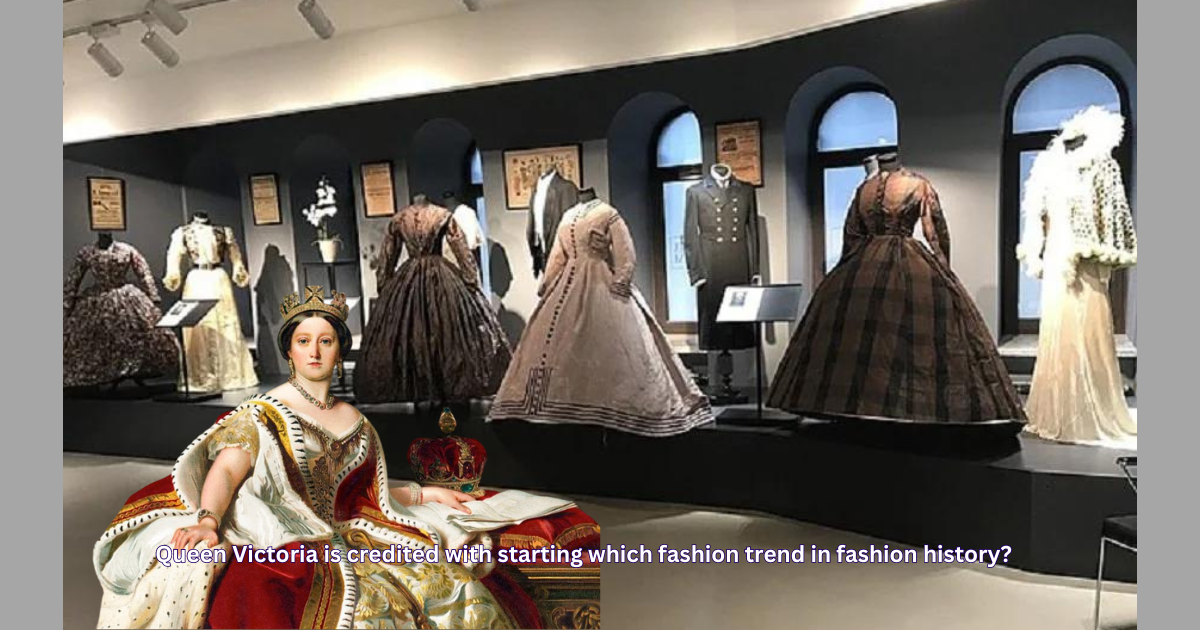Table of Contents
ToggleIntroduction
Welcome! When you look at the sky, do you ever ask yourself, “Why is it blue?” It’s one of those questions that seems easy but has a very interesting science answer. We will investigate why the sky is blue today and break it down into easy-to-understand parts. Let’s learn more about this great event!
The Science Behind the Blue Sky
What Makes the Sky Blue?
The sky is blue because of a process called Rayleigh scattering. Light from the Sun hits chemicals and particles in the Earth’s atmosphere, making this happen. Let’s talk more about light first, though.
The Light Spectrum
What is Light?
Many colours make white. These are red, orange, yellow, green, blue, indigo, and violet. You can see this range when light goes through a prism or a rainbow. See-through light comprises all colours, each representing a different range of light.
Mixing Colors
All of these colours work together to make white light. The Sun sends this white light to Earth. When it hits the atmosphere, it reacts with the particles and gases, scattering the light in different directions.
The Role of Wavelengths
Understanding Wavelengths
Each colour in the light spectrum has a different wavelength. Think of wavelengths as the distance between waves in a light wave. These wavelengths are measured in nanometers (nm). Here’s a simple breakdown:
- Red Light: 620-750 nm (longer wavelength)
- Orange Light: 590-620 nm
- Yellow Light: 570-590 nm
- Green Light: 495-570 nm
- Blue Light: 450-495 nm
- Indigo Light: 425-450 nm
- Violet Light: 380-425 nm (shorter wavelength)
Scattering Differences
Shorter wavelengths (like blue and violet) are scattered more easily by the atmosphere’s small particles than longer wavelengths (like red and orange). This is crucial in understanding why we see the sky as blue.
Rayleigh Scattering
How It Works
When light waves hit small things, like oxygen and nitrogen molecules, in the air, they scatter in a way called Rayleigh scattering. Since these particles are tiny compared to the wavelength of visible light, they scatter blue and violet light waves more than longer ones.
The Mechanism
Imagine that sunlight is coming into Earth’s atmosphere. When the light waves hit these tiny molecules, they get thrown everywhere. Because of this, the blue light spreads across the sky, making the blue dome we see above us.
Seeing Blue
Because of this, blue light is spread out everywhere, so the sky looks blue from almost any point. Just like a painter spreading blue paint across a board to ensure that every part of the sky is coloured with this lovely colour.
Why Not Violet?
Less Violet Light
We don’t see a violet sky, even though violet light is spread out more than blue light. The reason for this is that the Sun gives off less green light. More blue light is coming from the Sun than violet light, and the air around us is better at spreading blue light.
Human Eye Sensitivity
In addition, blue light is stronger on the eyes than violet light. The human eye has three kinds of colour sensors called cones. Each cone is sensitive to a different range of wavelengths. The cones that pick up blue light are busier than those that pick up violet light. In other words, blue is the colour we see the most clearly, even though both are spread out.
Filtering Effect
The high atmosphere also absorbs a lot of violet light, making it even less noticeable. Because our eyes are so sensitive, this filtering effect ensures that the sky we see is mostly blue.
Sunset and Sunrise Colors
The Long Path of Light
The Sun’s light has to pass through more of the Earth’s atmosphere to reach us at sunrise and sunset. Because the light has to travel farther, it scatters even more blue and violet light. Reds and oranges are the most dominant colours when it reaches our eyes.
Beautiful Displays
This is why the colours at sunrise and sunset are so beautiful: reds, oranges, and pinks. The beautiful colours are made by the longer bands of light that reach our eyes. Because of the atmosphere, the blue and violet light are blocked, leaving us with a bright, glowing sky.
The Role of Particles
Extra particles like dust, smog, and water droplets can boost these effects, making the colours more stunning and bright.
Atmospheric Conditions
Impact of Particles
The colour of the sky can change depending on what’s in the atmosphere. For example, more particles are in the air after a volcanic eruption, which can cause even more scattering and give us more vibrant sunrises and sunsets.
Dust and Pollution
Different types of dust and smog can scatter light differently, making the sky look more red or orange, especially near the horizon. Because these particles are bigger than nitrogen and oxygen molecules, they cause a different kind of scattering called Mie scattering. This type of scattering affects all wavelengths more evenly but can make the reds and oranges stand out more.
Water Vapor
Water vapour and droplets in clouds can also change the colour of the sky. They can scatter light in different ways, leading to rainbows and other optical effects.
Other Planets
Sky colours can be different in other worlds because their atmospheres are made up of different things. Mars, for example, has a thin atmosphere that spreads light in various ways, making the sky look red or pink. Each planet has its own unique mix of gases and particles that change how light is spread.
Conclusion
That’s all there is to it! Light with shorter wavelengths (like blue) is scattered more than light with longer wavelengths (like red), which is why the sky is blue. How our eyes work, and the make-up of the Earth’s atmosphere affect this beautiful natural event.
Key Takeaways
- Rayleigh Scattering: The main reason for the blue sky scattering shorter wavelengths more.
- Human Perception: Our eyes are more sensitive to blue light.
- Sunset and Sunrise: Longer path of light enhances reds and oranges.
- Atmospheric Conditions: Dust, pollution, and water vapour can alter sky colours.
The next time you look up at the sky, you’ll know why it is that beautiful shade of blue. The amazing way that light and air interact is a great example of how beautiful and complicated nature is.
Thank you for joining me on this exploration of the science behind the colour of the sky. Please leave any questions or thoughts in the box below. Have fun looking up at the sky!
FAQs
Why does the sky appear blue?
The sky appears blue due to the scattering of sunlight by the gases and particles in the Earth’s atmosphere, a process known as Rayleigh scattering.
What causes the sky to appear blue?
The shorter wavelengths of blue light are scattered more strongly by the small molecules in the atmosphere, making the sky appear blue to our eyes.
Why does the sky not appear purple if violet light is scattered even more than blue light?
The sky does not appear purple because there is less violet light in sunlight, and our eyes are more sensitive to blue light than violet light.
Why does the sky appear red and orange at sunrise and sunset?
At sunrise and sunset, the sky appears red and orange because the blue light is scattered away by the atmosphere, allowing the longer wavelengths of red and orange light to pass through to our eyes.
Can atmospheric conditions affect the color of the sky?
Yes, atmospheric conditions can affect the color of the sky. For example, during a volcanic eruption, more particles in the air can cause more scattering, leading to more vibrant sunrises and sunsets.





















